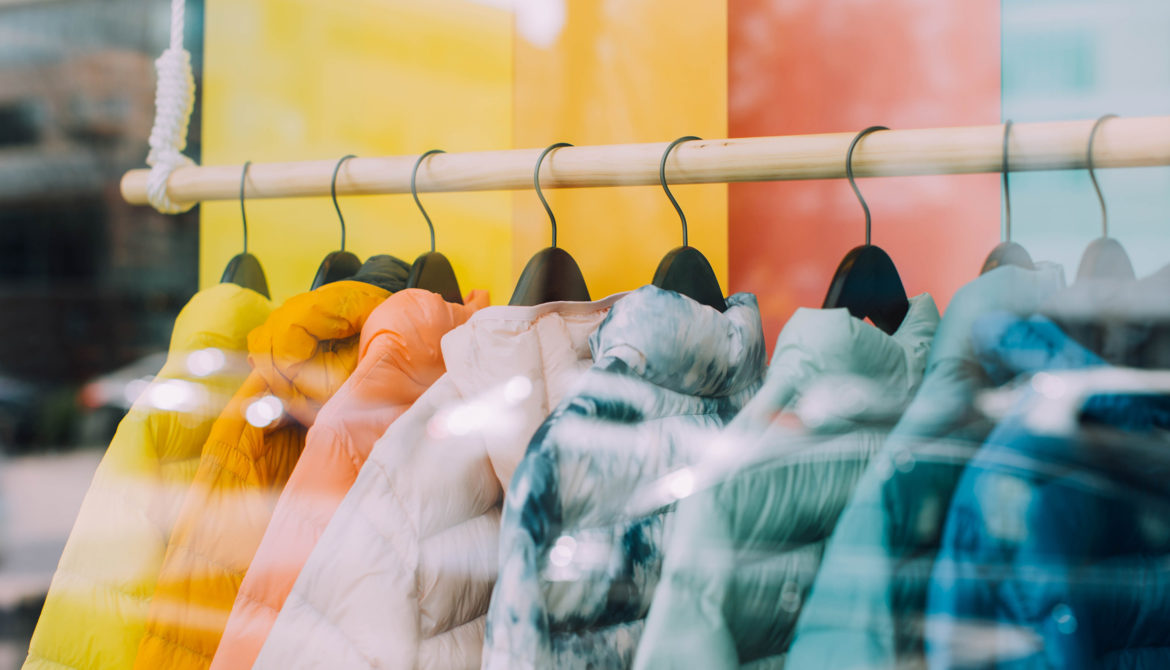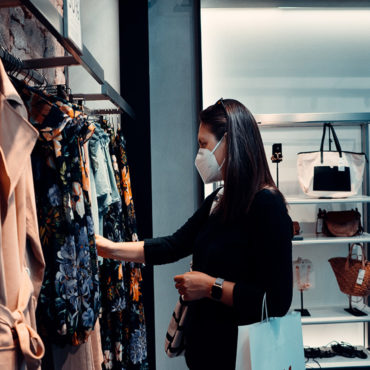
Views • 09/06/2021 • 5 minutes read
How Covid-19 accelerated the inevitable demise of traditional retail
Retail has been in trouble for years. Covid hasn’t killed traditional retail as we know it, but some might say it has accelerated its inevitable demise.
The pain of the seemingly never ending lockdowns and the euphoria we experienced when our local shops reopened, demonstrate just how much we have missed the physical side of shopping.
There was a universal sigh of relief as non-essential retail reopened on 12th April and there is a palpable feeling of optimism amongst retailers who are hoping to benefit from the billions of pounds of pent-up demand which Rishi Sunak tells us will trigger economic recovery.
Early signs show that footfall is increasing again in shopping centres, high streets and retail parks. Feedback from our centre managers is definitely positive although the hospitality sector continues to suffer, desperately trying to hold on until the next relaxation in Government restrictions in June

How can the retail sector start to recover?
Is this the beginning of the green shoots of recovery in the retail sector or a temporary and short lived bounce back after the hugely damaging impact the Pandemic has had on the industry? What does the future hold for traditional retail and has Covid-19 been the final nail in the coffin for shopping in this country?
Over the last couple of decades, retail development became increasingly competitive and the older centres that focused on ‘space’ rather than ‘place’ became soul-less. The growth of on-line shopping has meant that those centres that failed to create an interactive experience started to lose their relevance. The shopping ‘experience’ is key as is the emphasis on ‘placemaking’.
The decline was well underway before Covid hit. The statistics for 2020 clearly show the divergence in categories between essential and non-essential shopping. Comparison shopping has been in decline for years and with just under 7,000 stores closing during 2020, the Pandemic has simply accelerated the process. Some analysts are predicting as many as 18,000 closures in 2021!
Not all bad
But there have definitely been some winners during Covid. Personal care – barber shops and male grooming (600 new businesses’ opened in 2020!), beauty, nail salons – has fared particularly well.
The independents have proved to be much more resilient than the multiples with over 30,000 new openings during 2020. Again, this was starting to happen before Covid. The growth and innovation witnessed in our clients’ centres which was starting to gain traction just before Covid, wasn’t coming from the national multiples but from local, entrepreneurial pop-ups and that is clearly in response to consumer demand.
More and more, consumers are placing a higher value on localism, community and local responsibility. This came sharply into focus during the pandemic while we were all in lockdown. It suddenly made us realise how important things like local services and amenities and being connected to the local community, really are.
What lessons can we learn from 2020?
This unprecedented period has reinforced localism and the growing trend to ‘shop local’. Quality and provenance have taken on a new significance in the way we shop. We are starting to see new products and innovation on our high streets and malls.
What will emerge is a fusion of digital and physical, blurring the lines of Brix-n-Clix. There are exciting opportunities to revitalise malls, creating brilliantly curated, experiential spaces which add social value to the communities they serve. But for repurposing to work, there must be a greater collaboration between local authorities, investors and communities.
It is unrealistic to expect the recovery to come from the independents alone.
How do we deal with this Tsunami of vacant retail space following the collapse of the likes of Debenhams and Arcadia? We have to find alternative uses for this space as nobody wants to see the spectre of empty stores across the country.
We certainly need more Food & Beverage, soft play, flex workspace to restore life into our failing centres but why would anyone invest in a vacant or partially empty shopping centre? Often the prize lies in unlocking the latent value of residential redevelopment, perhaps as part of a mixed use scheme incorporating some workspace and hospitality.
We are already seeing the repurposing of department stores such as the Leeds Debenhams, into mixed use, anchored by residential.
Partial repurposing of existing centres can be fraught with problems. Selective demolition is not very easy in an operating shopping centre as the landlord has to maintain its contractual obligations to its occupiers, providing services and an environment conducive to trade.
Many of these centres are in prime locations providing volume of space, great connectivity and latent potential for what people want. We will see some of the ‘big box’ locations converted into mixed use, experiential space, capitalising on the ever growing experience economy. In the right locations, active leisure venues, seamlessly interacting with well-crafted F&B, hospitality and retail will start to fill the void.